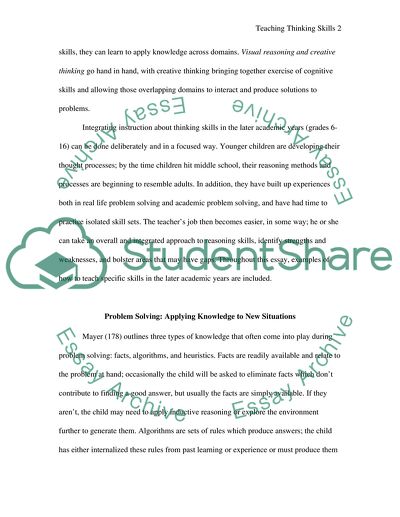Cite this document
(“Teaching Thinking Skills: Exercising Cognitive Abilities Essay”, n.d.)
Teaching Thinking Skills: Exercising Cognitive Abilities Essay. Retrieved from https://studentshare.org/education/1559046-teaching-thinking-skills-exercising-cognitive-abilities
Teaching Thinking Skills: Exercising Cognitive Abilities Essay. Retrieved from https://studentshare.org/education/1559046-teaching-thinking-skills-exercising-cognitive-abilities
(Teaching Thinking Skills: Exercising Cognitive Abilities Essay)
Teaching Thinking Skills: Exercising Cognitive Abilities Essay. https://studentshare.org/education/1559046-teaching-thinking-skills-exercising-cognitive-abilities.
Teaching Thinking Skills: Exercising Cognitive Abilities Essay. https://studentshare.org/education/1559046-teaching-thinking-skills-exercising-cognitive-abilities.
“Teaching Thinking Skills: Exercising Cognitive Abilities Essay”, n.d. https://studentshare.org/education/1559046-teaching-thinking-skills-exercising-cognitive-abilities.


